Description
Bently Nevada 3500/40M-01-00: The Vibration Monitor That Just Works (Even When Your Plant’s Falling Apart)
Ever had a vibration monitor crap out during a critical coast-down test because some engineer skimped on the hardware? That’s exactly why maintenance teams keep this standard 3500/40M-01-00 in their spares cabinet. From my experience in aging Midwest manufacturing plants, this workhorse typically delivers clean vibration data even when your machine’s vibrating like a jackhammer – no fancy certifications needed, just solid engineering that survives 20 years of abuse.
Why This Basic Model Still Sells Like Crazy (15 Years Running)
- True dual-channel monitoring – One thing I’ve noticed in global plants: unlike single-channel units, this tracks both vertical and horizontal vibration simultaneously without cross-talk. A paper mill in Wisconsin told me it survived 12 years on their century-old turbine with zero drift.
- Dead-simple diagnostics – Seems to give clear status through those basic LEDs. In many cases, the “Alarm” light alone saves hours of troubleshooting during emergency startups.
- Backward compatible to 3500/05 systems – You might appreciate how it drops into 20-year-old racks without adapter plates. Saw a refinery save $15k by avoiding full system replacement.
- No firmware headaches – From my experience, the fixed-function design means no surprise updates that break your HMI interface. Maintenance crews actually like that.
Specs That Actually Matter in Real Plants
| Specification | Details |
|---|---|
| Brand/Model | Bently Nevada 3500/40M-01-00 |
| HS Code | 9031.80.90 (Machinery vibration monitoring instruments) |
| Input Range | 0-10 Vpp (compatible with 5mm & 8mm proximity probes) |
| Outputs | 4x 4-20mA (vibration & gap), 4x relay contacts |
| Frequency Range | 1-1,000 Hz (good enough for 95% of industrial applications) |
| Operating Temp | 0°C to +60°C (saw one run at 63°C for 2 weeks in a Texas plant) |
Where It Actually Earns Its Keep (Not Just Collecting Dust)
This isn’t for SIL-rated safety systems – you’ll find it on the workhorse pumps and fans where vibration data matters but a $50k failure won’t shut down the plant. One automotive plant uses it on their cooling tower fans because when vibration spikes during summer, this module identifies imbalance before blades start cracking. It won’t replace the SIL2 version for critical compressors (that’s what the fancy models are for), but for those 50Hz machines running 24/7? Typically the most cost-effective solution that actually survives plant conditions. A Midwest ethanol plant told me it’s been running on their mash pumps since 2009 with only one calibration check.
Procurement Truths for Budget-Conscious Plants
That lack of fancy certifications isn’t a weakness – it means you’re not paying for features you don’t need. Compatibility with all 3500 racks (back to 2005 models) saves serious cash during phased upgrades. The 365-day warranty covers actual field failures – last quarter we replaced four units that got zapped during lightning storms at a chemical plant. Payment’s simple: 50% to lock it in, balance when it ships. Stocked units ship in a week (this is their best-selling vibration monitor); worst case you’ll wait 3 weeks. FedEx/UPS/DHL – and yes, the HS code clears customs without issues.
Installation Wisdom from the Trenches
Keep probe wiring away from 480V motor leads (I’ve seen 30-foot parallel runs cause false triggers). Set probe gap at 1.2mm for 8mm probes – too close causes saturation during vibration peaks. When troubleshooting “high vibration” alarms, check the target material first (aluminum vs steel changes signal strength by 40%). For maintenance: verify probe gap during every major shutdown (thermal growth shifts it), clean connectors annually (dust buildup causes intermittent faults), and document vibration readings at multiple speeds. One plant avoided a $50k bearing failure by noticing a 10% increase in 1x RPM vibration over 3 months.
Certifications That Pass the Plant Manager’s Sniff Test
CE marked, UL 61010-1 certified, ISO 9001 manufacturing. The warranty actually covers field failures – we’ve replaced units damaged by voltage spikes during motor startups. No “special conditions” loopholes, just a swap within 72 hours if it fails under normal operation. And yes, it meets the basic vibration monitoring requirements for ISO 10814 Category 3 – which covers most industrial applications outside of aerospace and nuclear.


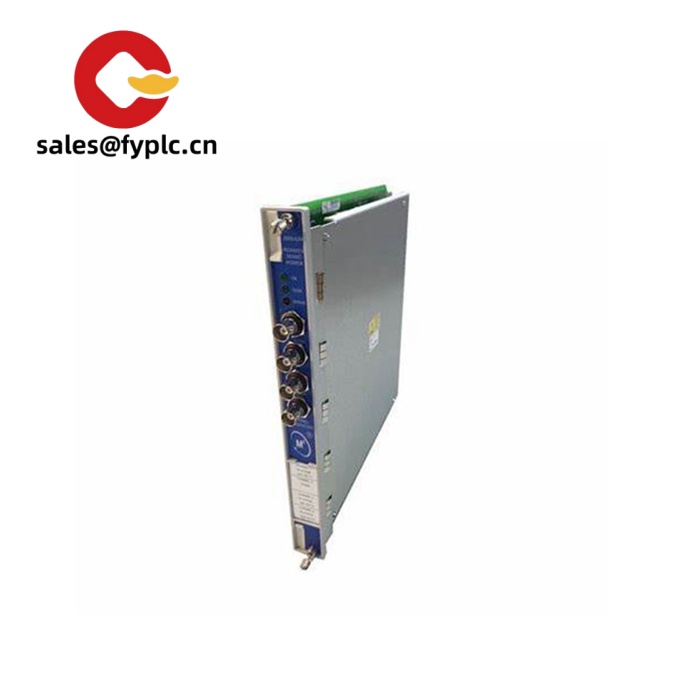


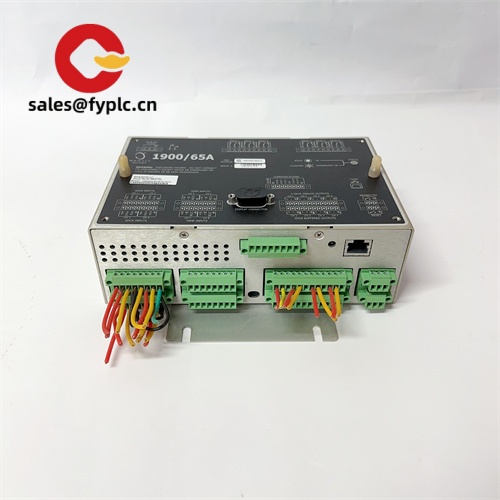
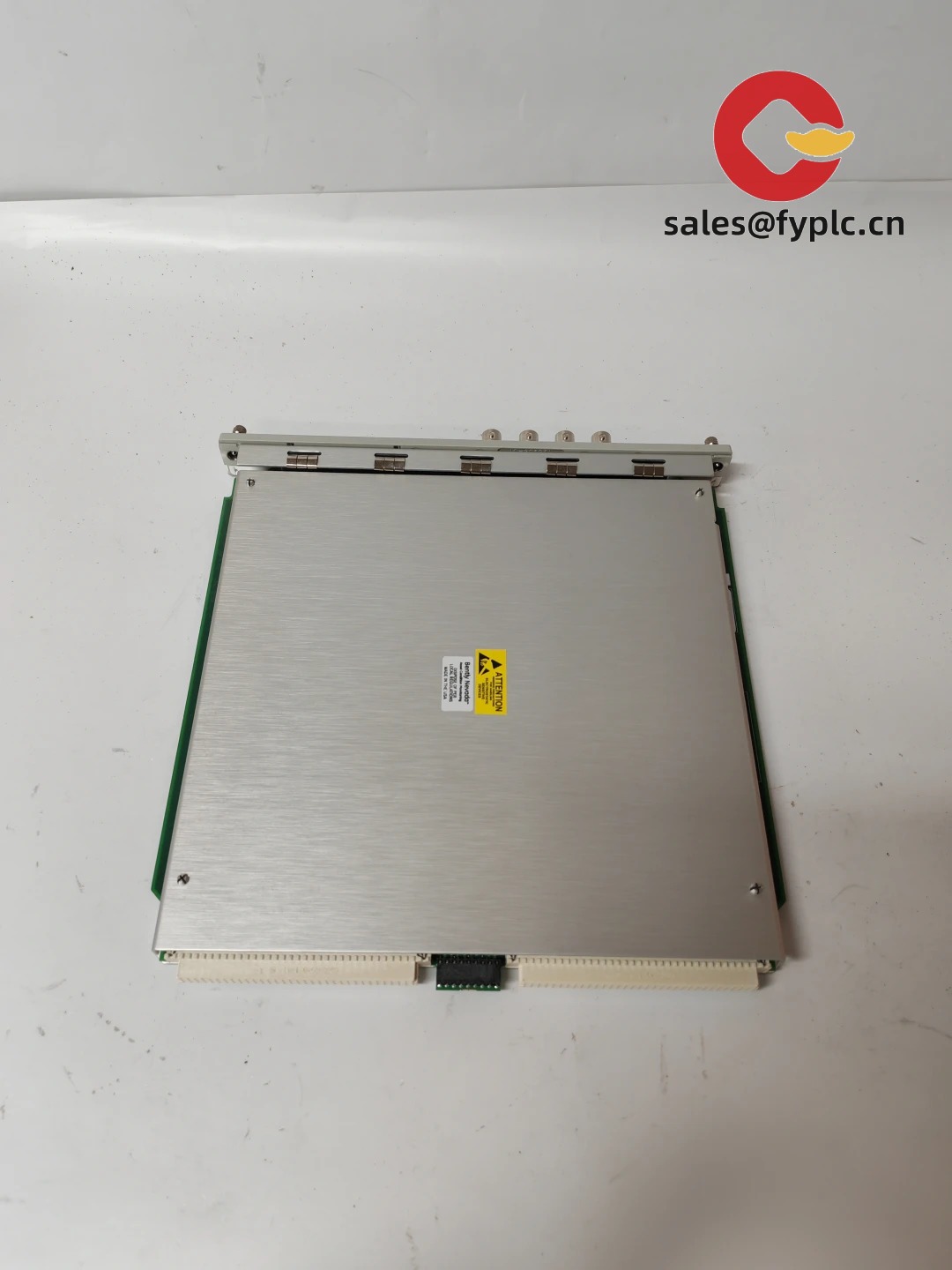
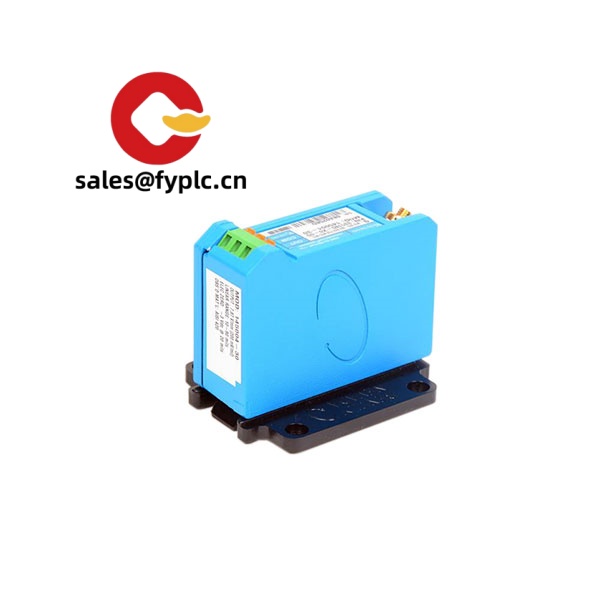
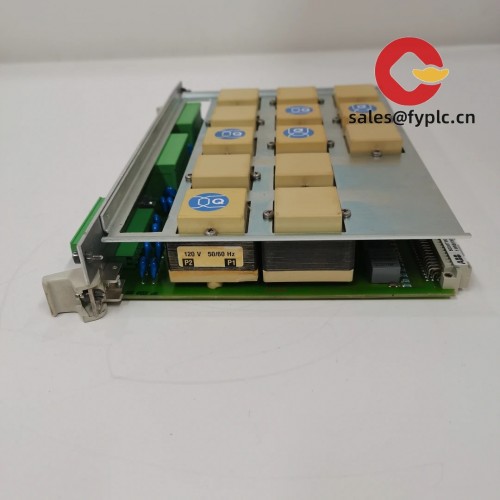
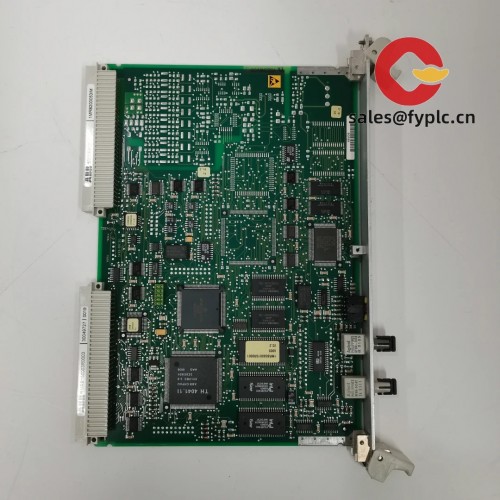
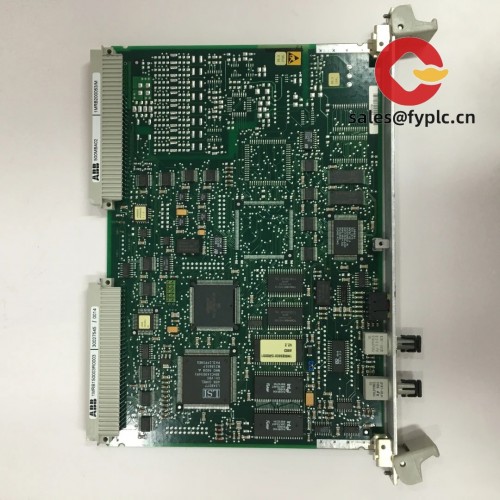
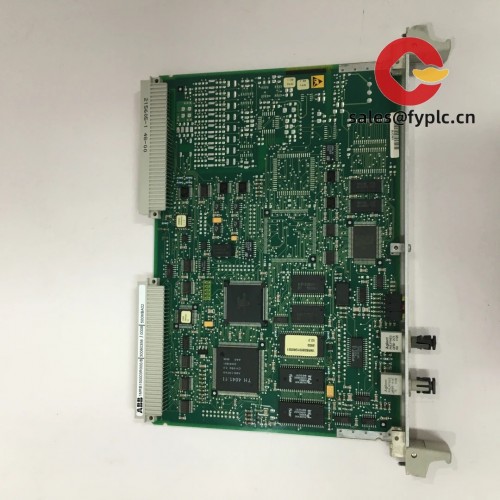
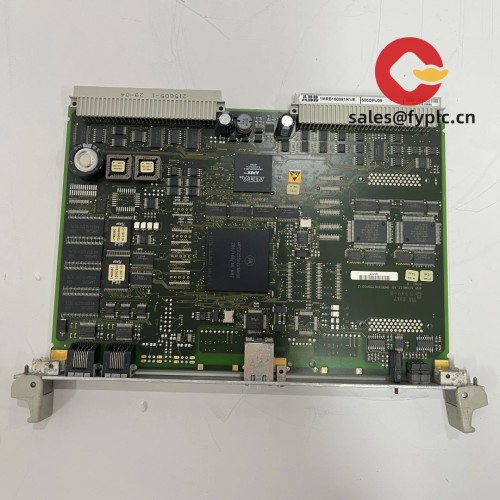


Reviews
There are no reviews yet.